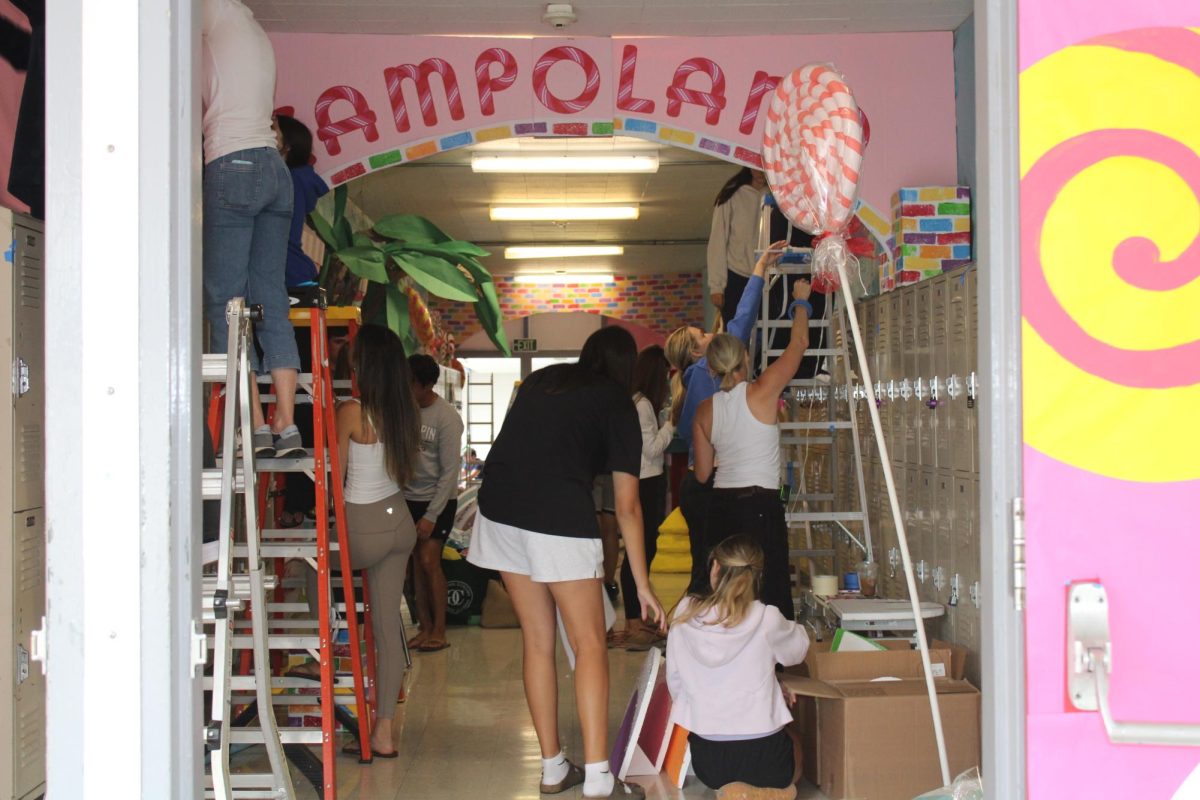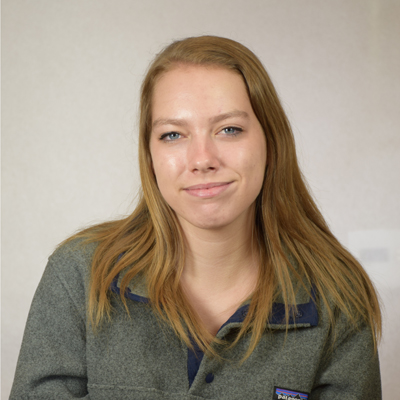While the majority of students still fulfill the foreign language requirement for most colleges through Campolindo world language courses, an increasing number are taking off campus sign language coursework as an alternative.
Sophomore Genevieve O’Brien first began taking sign language classes through Diablo Valley College [DVC] twice a week in the spring of her freshman year. “I thought it would be a useful language for either of the careers I am thinking of pursuing, nursing or teaching,” she explained.
O’Brien “took a little bit of Spanish in middle school,” but believes that sign language is a better option for her. “It matches the way I learn and the professor challenges you but makes learning the language enjoyable,” she said.
O’Brien is currently enrolled in ASL [American Sign Language] 2 and will advance to ASL 3 at the end of January. “I think more students should learn sign language because, contrary to many people’s beliefs, sign language can be very useful, especially in certain situations,” she said.
Having been interested in sign language since she was in elementary school, sophomore Sara Lemelin took ASL 1 at DVC’s Adult Center during the fall of her freshman year. Lemelin first became intrigued by the language when she “saw these people at Waterworld signing once” and wanted to “jump into the conversation.”
“Also, my sister, at her college -this made me want to do it more- she had a lot of deaf people at her school and she kind of felt bad for them because they were always left out because no one knew how to do it [sign language], so I was like ‘oh, it would be really cool’,” Lemelin said. “I watched a video of a guy who was deaf and he had to learn how to sign and everything and I thought it looked cool.”
Freshman Cameron Sanders was also inspired to enroll in ASL 1 at DVC last summer. “I actually watched a documentary on it [sign language]. I was instantly intrigued,” he said.
Sophomore Annie Brewster took the ASL 1 course with Sanders, and plans to continue with ASL 2 this summer. According to Brewster, each session of the class counts as a year of an AP language course because the classes are at a college level.
After a single summer, Brewster has achieved a level of success the eluded her in traditional language courses. “I took French and Spanish but never fully understood it. As a visual learner, sign language came so much easier to me. It’s something I just have always wanted to learn as well,” she said.
“It always seemed so useful to me. I thought, ‘when do you normally use French?’ And I never really had an answer for myself except for if you go to Paris for vacation,” Brewster said.
Although many students take Spanish because of their geographic location, Brewster believes that sign language offers universal communication. “Anyone can be deaf. It does not depend on your culture. That’s what stood out to me the most,” she explained.
However, Brewster concedes that in some communities, languages like Spanish may be more useful to learn. “To me I think it depends on where you live to decide whether sign language or actual language is used,” she said.
Even if she doesn’t get many opportunities to communicate with deaf people, Brewster has enjoyed conversing with her classmates using sign language. “We had a ton of activities in which we got to interact with each other and have conversations in sign. It helped us all learn from each other,” she said.
Brewster’s ASL 1 class began by learning the alphabet. “I’d say it was a little intimidating at first but it is one of those things that is just naturally easy to pick up, and when you think about it, the letters look like a written language in your hand as you spell,” Brewster explained
Brewster was impressed by the initial teaching strategies used by her instructor. “With me, as I spelled, she held a paper cut out of the letter to my hand. It fit perfectly, and it was pretty amazing to see that. It was an amazing technique to make the letters perfect in our first class lesson,” she said.
Lemelin understands how some people struggle with a new language. “After like the first half she [the teacher] stopped talking and only wrote on the board and it was really difficult, but it was actually pretty easy. You just had to pay attention,” she said.
Lemelin said that attending class consistently was vital. “If you were sick at all you’d be screwed,” she said.
With about 35 people, Brewster’s class was the biggest. “Mostly teens [were taking the class], however there was 3 college students that I made friends with,” she said. “They were taking the class to fill up some requirements for college.”
O’Brien believes that, because of the class’s popularity, Campolindo should consider adding it to the high school curriculum. “As a high school student, it is difficult to get into the class because it is so popular [with DVC students]. If it was offered at Campo it would be open to more students as a language,” O’Brien explained.
Lemelin also wishes that her high school would offer sign language, so that she wouldn’t have to make the trek to DVC twice a week. After taking ASL 1 in the fall of her freshman year, she has decided to wait until summer to continue with ASL 2, as the spring and fall courses conflict with her participation in after school athletics.
“I wouldn’t have to drive half an hour to an hour to get to the place, and it wouldn’t interfere with sports after school and homework, because by the time you got home from sign language it would be really late,” she explained.
However, Brewster would prefer to continue taking the classes at a different campus. “It was a great experience taking it at a college campus and you get to meet more people that way too,” she said.
Brewster was particularly touched by the story of a mother she met in the class. “I was talking to her one time before class started; she and her 2 sons were taking the class because her third son was deaf,” she said.
“She wanted her two younger boys to know sign language for him. It warmed my heart, it was so sweet. The two boys seemed pretty thrilled as well to get to know the language better,” Brewster added.
O’Brien said that her favorite part of learning ASL is “the assignments that require me to be a part of the deaf community, and these situations force me to use what I have learned so far.” Assignments included attending “a deaf play, a deaf church, and a deaf expo” and then writing a paper on her experience.
O’Brien is a vice president of the Campolindo sign language club. “As a club we meet very other week and practice sign language through games, videos, and practicing with each other,” she said.
Brewster hopes that more students will take sign language in the future, even if the class is not available on campus. “It’s just a really great skill to be able to have, and how many people can walk around saying, ‘I know sign language?’ I think there should be more of that for sure,” she said.

